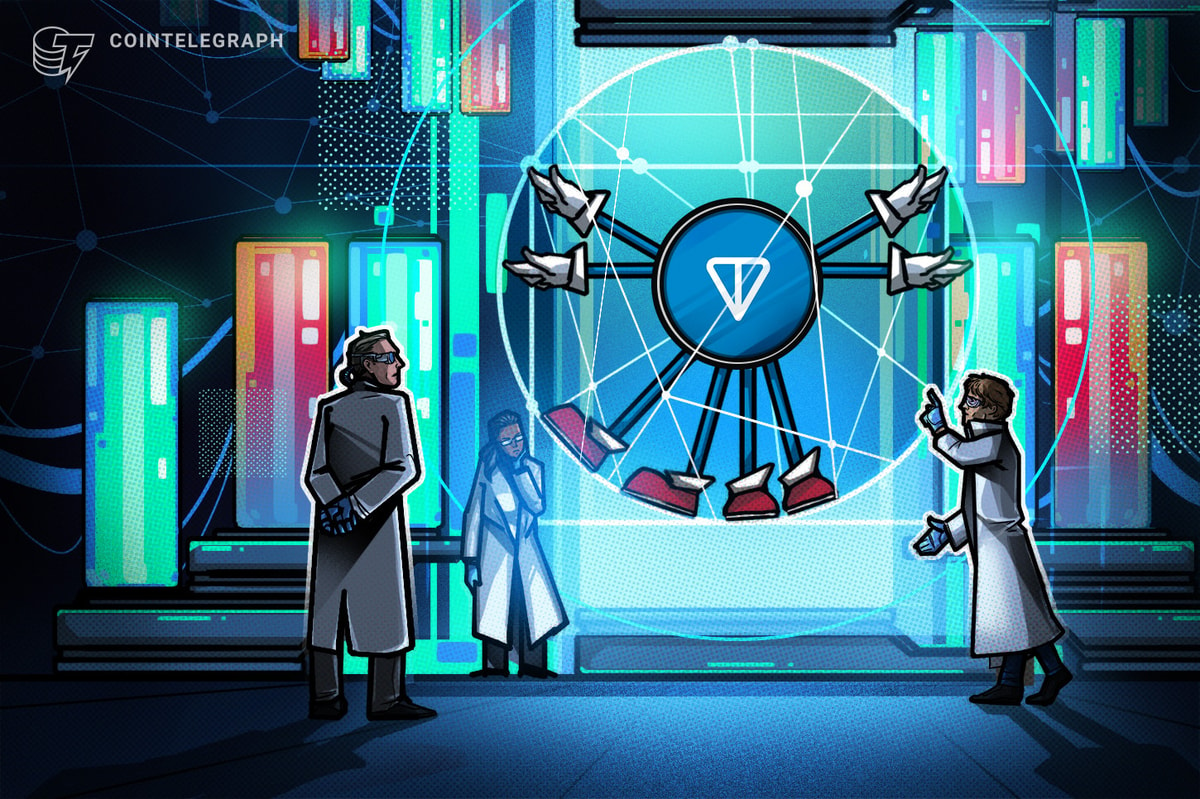Steve Yun, founder of the TON-focused $100 million fund, TVM Ventures, is bullish on TON despite the Toncoin market cap dropping by 64% since April 2024.
News
Telegram’s decision to exclusively support The Open Network (TON) for its in-app Web3 ecosystem was the right move in the context of security and scalability, according to TON Foundation president Steve Yun.
“This is not a limitation but rather a necessity,” Yun told Cointelegraph, highlighting TON’s features that enable it to serve a mass audience.
Telegram, the original creator of TON’s open-source blockchain platform, made TON the only supported network for Mini Apps as part of a partnership with the TON Foundation in January.
The decision has triggered mixed reactions in the community, with some questioning Telegram’s commitment to decentralization, while others raised concerns over liquidity and stability.
TON is designed to suit Telegram’s demand
According to Yun, one benefit of Telegram’s TON exclusiveness is that TON fits the high network capacity demand of Telegram’s 950 million users.
“On-chain products built on a blockchain without sharding will not be able to handle the number of transactions required from the mass audience,” Yun said, adding that TON was “designed for mass adoption and has implemented sharding since its birth.”
Yun also highlighted security concerns potentially arising from diverse blockchains within Telegram’s Web3 ecosystem.
“Those who use an unscalable blockchain will resort to solutions like side-chain or worse, offchain, completely compromising on the security of the product,” he said.
Telegram bots not affected
Yun pushed back against concerns about Telegram’s blockchain centralization, emphasizing that the TON blockchain remains permissionless and open to everyone.
He also noted that Telegram bots will continue supporting multiple blockchains despite the exclusivity of Mini Apps.
“Telegram has struck the right balance.”
Yun said Telegram has provided an exemption for bots that do not have the Mini App component to continue to operate using other blockchains.
“In fact, when we led this discussion with Telegram, we pushed hard to make TON exclusive also for the bots. In the end, Telegram declined in order to offer more options for its builders,” he said, adding:
“It’s like a freemium model. Building on the bot ecosystem is open for all blockchains. To give a web interface to the bot, use TON. This isn’t so bad except for probably a dozen projects who might have entered into some exclusive agreements to use specific chains.”
“Absolute bullish sign for TON”
Yun also said he believes TON’s exclusive partnership with Telegram is an “absolute bullish sign” for the TON network.
“As the Telegram ecosystem becomes more and more mature at offering goods and services to the user base effectively, more and more teams wanting access to this user base will have no choice but to build on TON. More builders, more use cases to TON,” he said.
TON’s efforts to bring more builders into its ecosystems come at a time when Toncoin (TON) — the blockchain’s native cryptocurrency — has seen a significant market decline.
After breaking an all-time high market capitalization at $25 billion in April 2024, Toncoin’s market cap has since plummeted by 64%, according to data from CoinGecko.
Toncoin one-year market capitalization chart. Source: CoinGecko
The total value locked (TVL) in the TON ecosystem has also shrunk by 73% since its highest level in July 2024, according to data from DefiLlama.
“I think TON could have defended it better if the whole community was focused,” Yun said.
Related: Telegram-linked TON blockchain to focus on US growth under Trump
To support growth on TON, Yun launched TVM Ventures on Feb. 3, a $100 million fund to promote the building of decentralized finance and payment finance applications.
With the new fund, Yun expects to distribute about $25 million in the next 12 months.
“We should focus on how to build a scalable decentralized product by building on TVM,” Yun said, adding:
“We should just have more and more products and services. With focus, vision comes back and the capital with it.”
Magazine: Pectra hard fork explained — Will it get Ethereum back on track?
This article first appeared at Cointelegraph.com News

